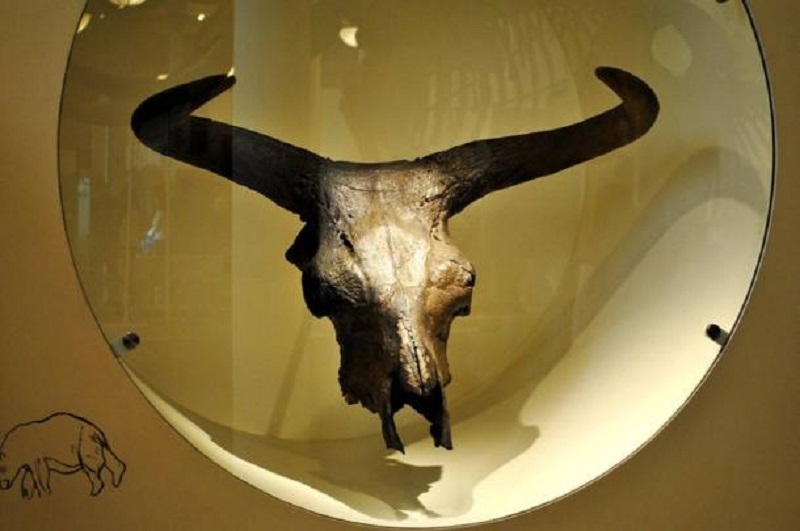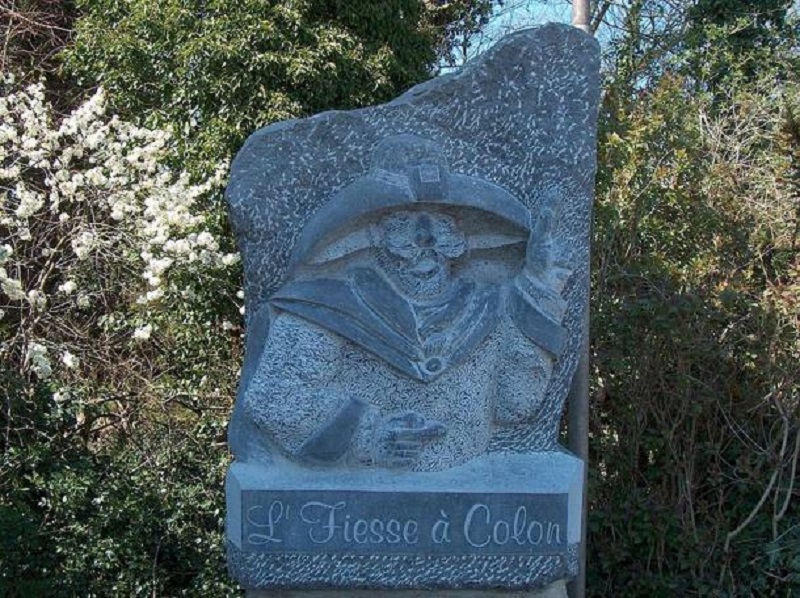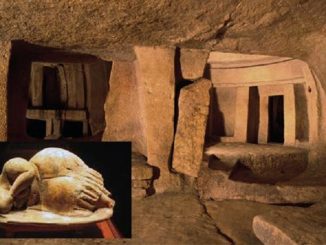Mysterious man-made caves in Belgium cut thousands of meters deep into the soft rock south of Brussels. Believed to have been formed during the Neolithic period, all kinds of people frequented the caves, from fleeing refugees to cunning criminals.
The Folx-les-Caves are located in the municipality of Orp-Jauche, province of Walloon Brabant. In the distant past, caves were used as mines. One of the rocks found there is tuff, a soft volcanic rock that is rich in calcium carbonate. They are mined for farmers to use as fertilizer. Later, harder limestone found deeper in the cave was mined for local construction projects.
It is unclear when humans first exploited the cave. Some speculate that they were used as early as the Neolithic period, which is around 2600 BC, and that the horns of aurochs were used as mining tools. This is probably due to the fact that traces of mining activity dating back to the Neolithic period have been found in Spiennes in the province of Hainaut, located to the west of Folx-les-Caves. Unlike the lesser-known caves, Spiennes is a World Heritage Site, as its flint mines are home to the largest and earliest concentration of ancient mines in northwestern Europe.
Auroch’s skull and horns. The horns of large beasts are believed to have been used by Neolithic miners to carve out the Folx-Les cave in Belgium. Wikimedia Commons
It is also hypothesized that the caves of Folx-le-Caves were first dug sometime during the late Roman or early Middle Ages. Although little is known about its origins, the subsequent history of these caves is much better known and contains some quite fascinating stories.
The mines are a labyrinth of about 60,000 square meters (about 650,000 square feet) that is the result of centuries of mining. This made it the perfect refuge for refugees seeking to escape those who had occupied Belgium for centuries. It has been suggested that these mines were used by refugees as early as Roman times until World War II. However, what is strange is that besides the rock carvings and graffiti on the cave walls, according to the research, there were no objects left behind by the refugees in the cave.
In addition to being considered a safe haven in difficult times, the caves were also used as garages for agricultural vehicles, mushroom cultivation (from 1886) and distilleries (1862). . The cave’s damp and dark surroundings are ideal for mushrooms to grow, while natural streams flowing in the caves below provide purified water for the distillery.
The most famous story related to Folx-les-Caves is that of Pierre Colon, who lived around the 18th century. Colon was a thief known as the ‘Belgian Robin Hood’, because he, like his English counterpart, stole from the rich and gave to the poor. Colon was said to have robbed wealthy merchants passing through a nearby forest, and his hideout was the cave of Folx-les-Caves. According to legend, his accomplice was his wife, who would warn Colon whenever the police approached, so that he could hide in another part of the cave. At last, it is said that the law caught the benevolent thief and he was hanged to death on the spot where he committed the crime. Today, the first weekend of October is celebrated every year as Colon Day, to honor the generosity and ingenuity of Pierre Colon.
Statue dedicated to Belgian Robin Hood, Pierre Colon, at Folx-les-Caves. Wikimedia Commons
The caves of Folx-le-Caves eventually became a tourist site and opened to the public. After the death of its owner and guide, Maurice Racourt, the caves were closed. In mid-2010, the caves of Folx-le-Caves were reopened to the public.
The caves of Folx-le-Caves remain an interesting part of Belgium’s ancient and recent past.




